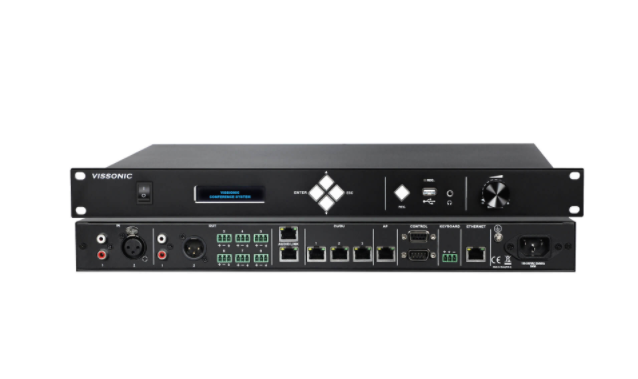Advantages and disadvantages of line array speakers
Line array audio is a loudspeaker system. Its technology and manufacturing have been developing steadily over the years. The situation has changed recently, and line array speaker systems have appeared in many large-scale sports games and large-scale performances around the world.
A linear array is a group of radiating units arranged in a straight line and closely spaced, and have the same amplitude and phase. Through linear transmission, it can increase the transmission distance and reduce the attenuation during sound transmission. Mainly suitable for large-scale mobile performances, sports venues, multi-functional lecture halls, large theaters and other occasions. The requirements for line array speakers vary depending on the size of the venue. Regardless of the venue, the biggest purpose of the linear array is to allow all viewers to hear uniform sound while maintaining high sound fidelity.
In recent years, the manufactured line array speaker system is composed of several speakers that overlap and combine in the vertical plane to form a vertically narrow beam with a certain angle in the horizontal direction (usually 90°). In an outdoor sports field (the distance can be more than 100m), four linear array systems are enough to meet the sound field coverage requirements. This is the advantage of the linear array system. Line array systems often have a slight curvature. The purpose is to obtain a larger coverage angle. The main part is for the far field, and the curved part is for the near field. Making the vertical directivity asymmetrical can gather some sound energy in the part where high frequencies are insufficient.
Compared with other types of speakers, line array speakers have the following advantages and disadvantages.
1. It covers evenly and has good diffusion. Due to the characteristics of the linear array, the directivity is a narrow beam in the vertical plane of the main axis, and the energy superposition can radiate over a long distance. The lower end of the curved part of the linear column covers the near area, forming coverage from near to far.
2. The improvement of linear array loudspeakers is more in line with the requirements of technology, process and installation.
3. High sound pressure level.
4. Strong directivity and small difference between far and near fields.
5. Easy to install and hang on site.
Large-scale line array systems are mostly used for large-scale performances, and there are also small-scale stage performances. Small-scale line arrays are designed in banquet halls, and the effect is not inferior to that of large-scale stage scenes. Constant directional coverage delivers consistent frequency response in any location, including off-axis areas, so you get the same sound quality anywhere in the room.
The disadvantage is that the linear array does not essentially improve the sound quality, so it cannot completely eliminate mutual interference and can only minimize the interference.


Comments